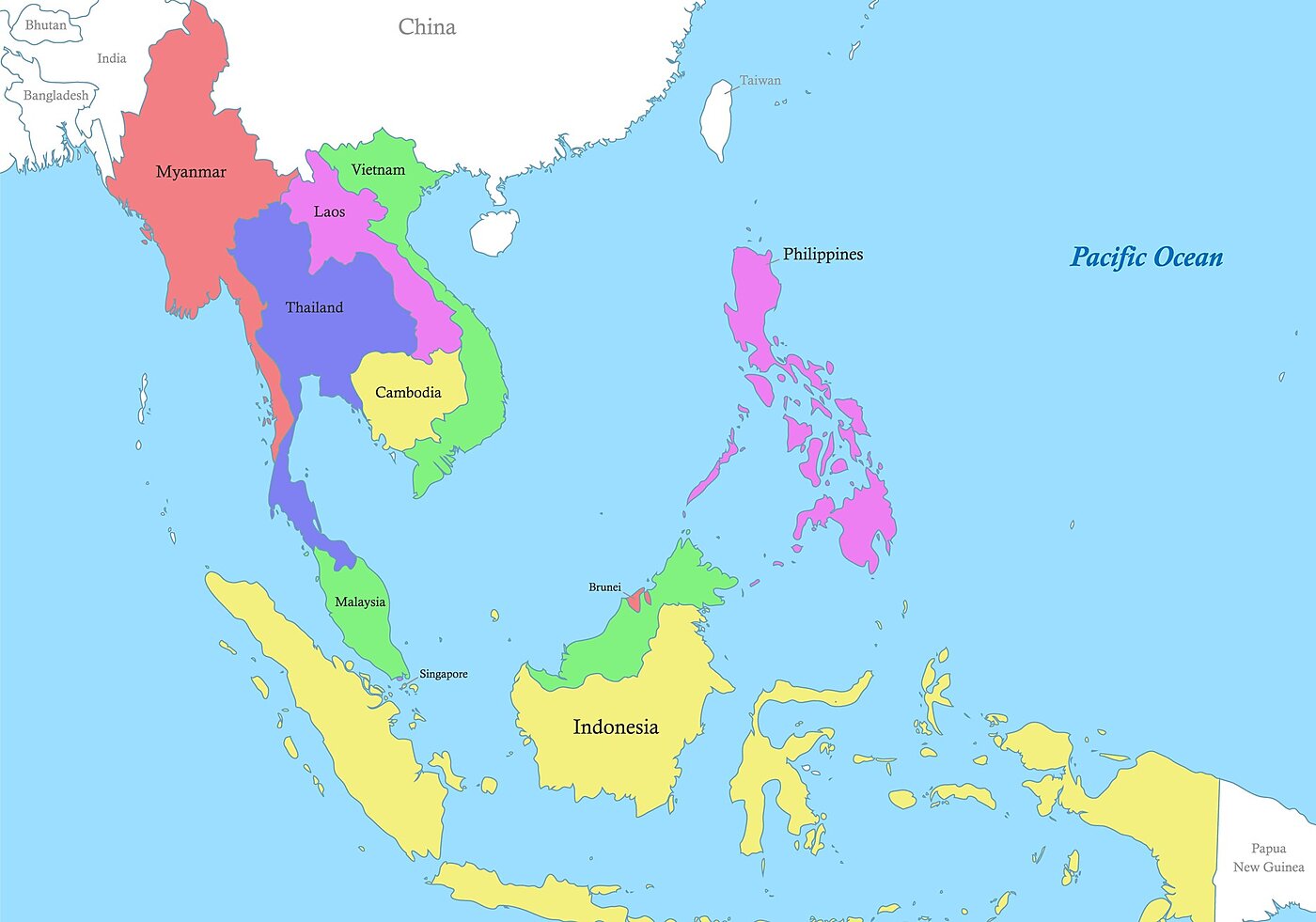Earlier this year, President Donald Trump stated that US tariff policy would be based on reciprocity. “Whatever countries charge the United States of America,” he wrote in a social media post, “we will charge them—No more, no less!”
Well, so much for that.
Announcing a new trade agreement with Vietnam last week, Trump indicated that tariffs between the two countries would be anything but reciprocal. Although details of the deal are scant, Trump crowed that US exports to Vietnam will enjoy tariff-free access while exports from Vietnam will face 20 percent tariffs. Exports transshipped through Vietnam to the US, meanwhile, will face 40 percent tariffs.
With the average US tariff on most favored nation countries (including Vietnam) when Trump took office at 3.3 percent on a simple average basis, the new rates constitute a substantial increase.
Nonetheless, Trump characterized this lopsided arrangement as a “great deal” for the United States. What it really signifies, however, is the president’s deeply confused understanding of trade policy.
Economists have long understood that to fully reap the gains from trade, the United States should pursue the mutual elimination of tariffs with its trade partners. This means expanded access for US exports to foreign markets (a win) and expanded access by American consumers and businesses to products from other countries (another win).
But President Trump doesn’t appear to see things that way. Instead, his Vietnam deal seeks to clear the path for US exports while raising tariffs on imports. The former are seemingly viewed as contributing to economic vitality, while the latter are a privilege extended to foreigners in exchange for payment in the form of a tariff (in reality, paid by American importers, not the foreign exporter).
Such mercantilism has been discredited since the days of Adam Smith. It’s now widely recognized that imports bolster a country’s economic efficiency and material standard of living through lowered costs and expanded choice and variety.
Imagine, for example, if Americans had to grow all the coffee they consume or make the socks they wear. Fortunately, people and businesses in other countries largely take care of those needs so Americans can focus on more lucrative tasks. Imports allow individuals and businesses to play to their strengths—in econospeak, their comparative advantage—and spend less time on the things at which they are relatively less proficient (not having to grow my own food or make my own clothes, for example, allows additional time for me to write about the shortcomings of US trade policy).
Vietnam helps Americans by selling them shoes (among other products) at a lower cost than if they were produced in the US. As of 2021, over one-quarter of imported footwear came from the Southeast Asian country at an average tariff rate of 13.6 percent. Under Trump’s new trade deal, those same shoes will now have to pay a tariff of 20 percent unless shoe production is shifted to the United States (unlikely) or another country that faces lower tariffs (we’ll see).
That’s bad for consumers, who will pay some portion of the tariff hike through higher prices. But it harms American businesses, too. Companies that design and market shoes (such as Nike, which has about half of its shoes made in Vietnam) will see lost sales, as will US retailers. Port workers who handle the imported shoes will have less work. Importers who choose to eat some portion of the tariff bill instead of passing it along to consumers will have to find offsetting cuts, such as reduced research and development or lower salary increases.
The only winner here is the taxman. So why is Trump celebrating?
A deal worth toasting to would have seen both the US and its trading partners lower or eliminate their tariffs.
In fact, the United States had the option of implementing just such an agreement with Vietnam years ago. Under the Trans-Pacific Partnership (TPP) trade deal signed by the United States in 2016, 99 percent of tariff lines would have been eliminated for trade between member countries, including the United States and Vietnam.
President Trump, however, walked away from the TPP only days after taking office in 2017. Instead, he is committing the United States to a deal that will (apparently) see Americans receive slightly improved access to Vietnam’s market (compared to the TPP) but substantially worse access to Vietnamese imports. Keep in mind that the United States imported over ten times more goods from Vietnam last year than it exported.
It is unclear why Americans should welcome such a deal, given their considerable appetite for Vietnamese imports and comparatively much smaller exports.
Trump’s Vietnam deal is only laudable if one regards imports as a threat or something to be avoided. Which, outside of some very narrow cases related to national security, is clearly not the case.
Unfortunately, the Vietnam agreement is unlikely to prove a one-off. President Trump’s currently paused “Liberation Day” tariffs on numerous US trading partners—including the European Union, Japan, and South Korea, among others—are slated to snap back into effect on July 9 (or perhaps August), and pressure is mounting for deals to be signed to head off the looming tariff hike.
Agreements featuring expansive bilateral tariff reductions would be welcome. But it’s quite clear that Trump views a “good deal” as one whose tariff cuts are largely (if not exclusively) focused on American exports. And as for US imports? Foreigners should be prepared for their goods to face a double-digit tariff rate and thank their lucky stars it isn’t higher.
Trump’s approach to his latest trade deal makes some sense from the perspective of someone driven by a misplaced obsession with reducing imports and bilateral trade deficits. Those more concerned by the country’s economic welfare and vitality, however, will find little to celebrate in the agreement and considerable cause for concern about what it might signal about deals still in the offing.


















